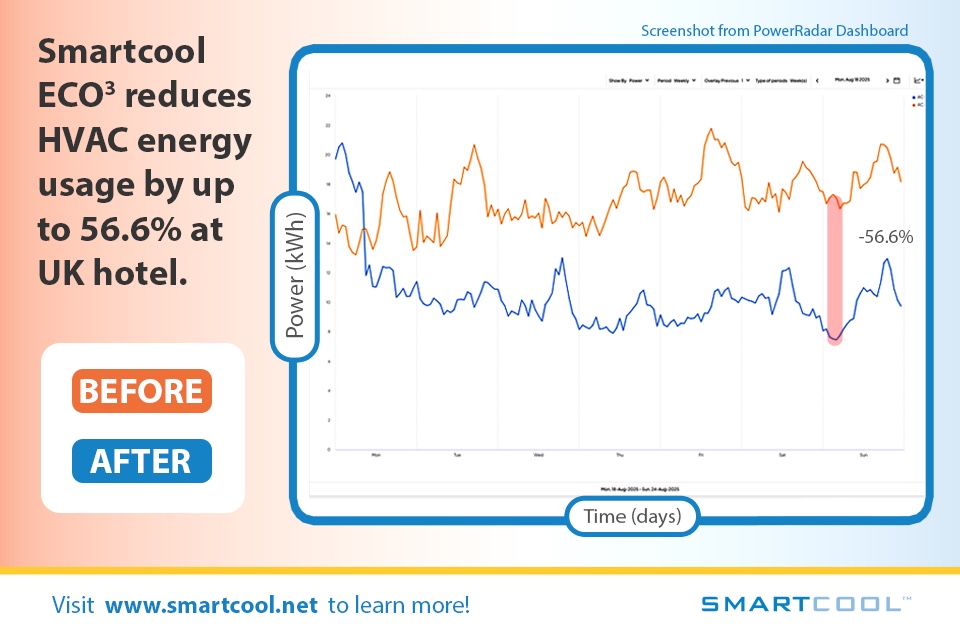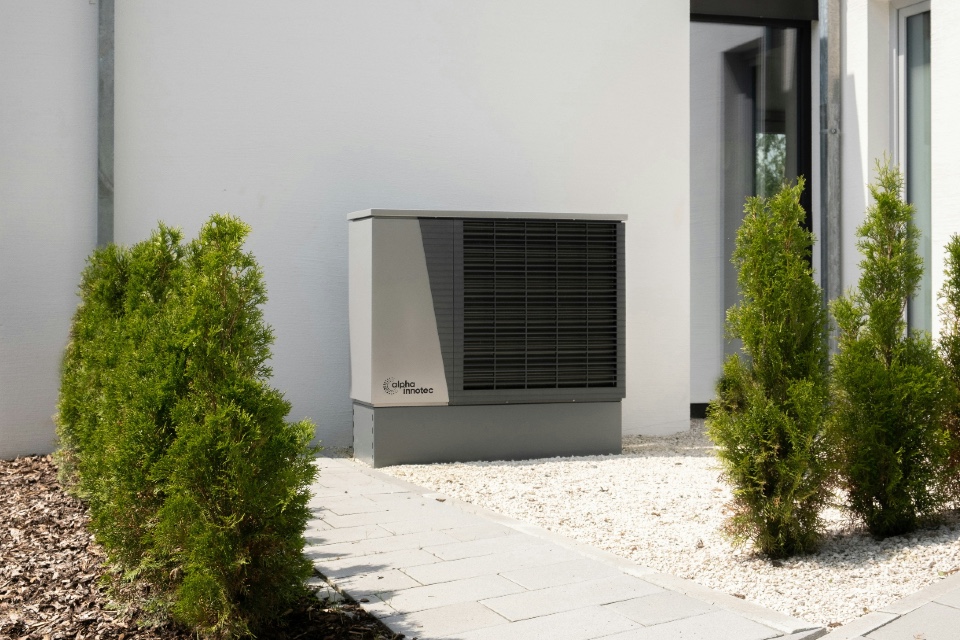Heating, ventilation, and air conditioning (HVAC) systems are central to achieving energy efficiency and occupant comfort in both private and public sector buildings. For senior energy management professionals, sourcing the right HVAC solution partner is critical to meeting energy reduction goals, ensuring regulatory compliance, and managing operational costs. Here’s how to approach this task effectively, based on input from delegates and suppliers at the Energy Management Summit…
1. Define Your Objectives and Building Requirements
Start by assessing your organisation’s HVAC needs and goals. Are you aiming to reduce energy consumption, improve indoor air quality, or upgrade aging systems? Consider the type of building—whether it’s an office, hospital, school, or industrial facility—and its unique demands, such as operating hours, occupancy levels, and regulatory requirements.
Define success metrics, such as energy savings, carbon footprint reduction, or compliance with standards like BREEAMor TM44 inspections for air conditioning systems. Clear objectives will help you evaluate potential partners and their proposed solutions.
2. Evaluate Partner Expertise and Technology Offerings
Look for HVAC solution partners with extensive experience in energy-efficient systems. Partners should offer a range of technologies, such as variable refrigerant flow (VRF) systems, air-source and ground-source heat pumps, and smart HVAC controls. Advanced solutions like these can significantly reduce energy use and improve system performance.
Ensure the partner provides tailored solutions rather than generic offerings. Customised designs that align with your building’s specific needs will deliver better results, both in efficiency and cost savings.
3. Focus on Smart and Sustainable Solutions
Modern HVAC systems incorporate smart technology, including IoT sensors and AI-driven analytics, to monitor and adjust system performance in real time. These technologies optimise energy use by adapting to changing conditions, such as occupancy or weather, and help identify maintenance needs before they become costly problems.
Sustainability is a growing priority. Seek partners who integrate renewable energy sources or low-carbon technologies into their solutions, helping your organisation align with net-zero targets.
4. Assess Costs and ROI
While upfront costs for advanced HVAC systems may be higher, focus on long-term value. Evaluate potential energy savings, maintenance cost reductions, and extended system lifespan to calculate the return on investment (ROI). Many partners offer financing or leasing options to ease capital expenditure.
5. Emphasise Ongoing Support and Scalability
Choose a partner who offers ongoing support, including maintenance, training, and updates to ensure optimal system performance. Ensure the solution can scale to future needs, such as building expansions or changes in energy policies.
Sourcing the right HVAC partner requires aligning energy efficiency goals with tailored, smart, and sustainable solutions. By focusing on expertise, advanced technology, and long-term ROI, senior energy management professionals can create efficient, cost-effective systems that meet the needs of their organisation while contributing to a sustainable future.
Are you searching for Heating & Ventilation solutions for your organisation? The Energy Management Summit can help!
Photo by Meritt Thomas on Unsplash




